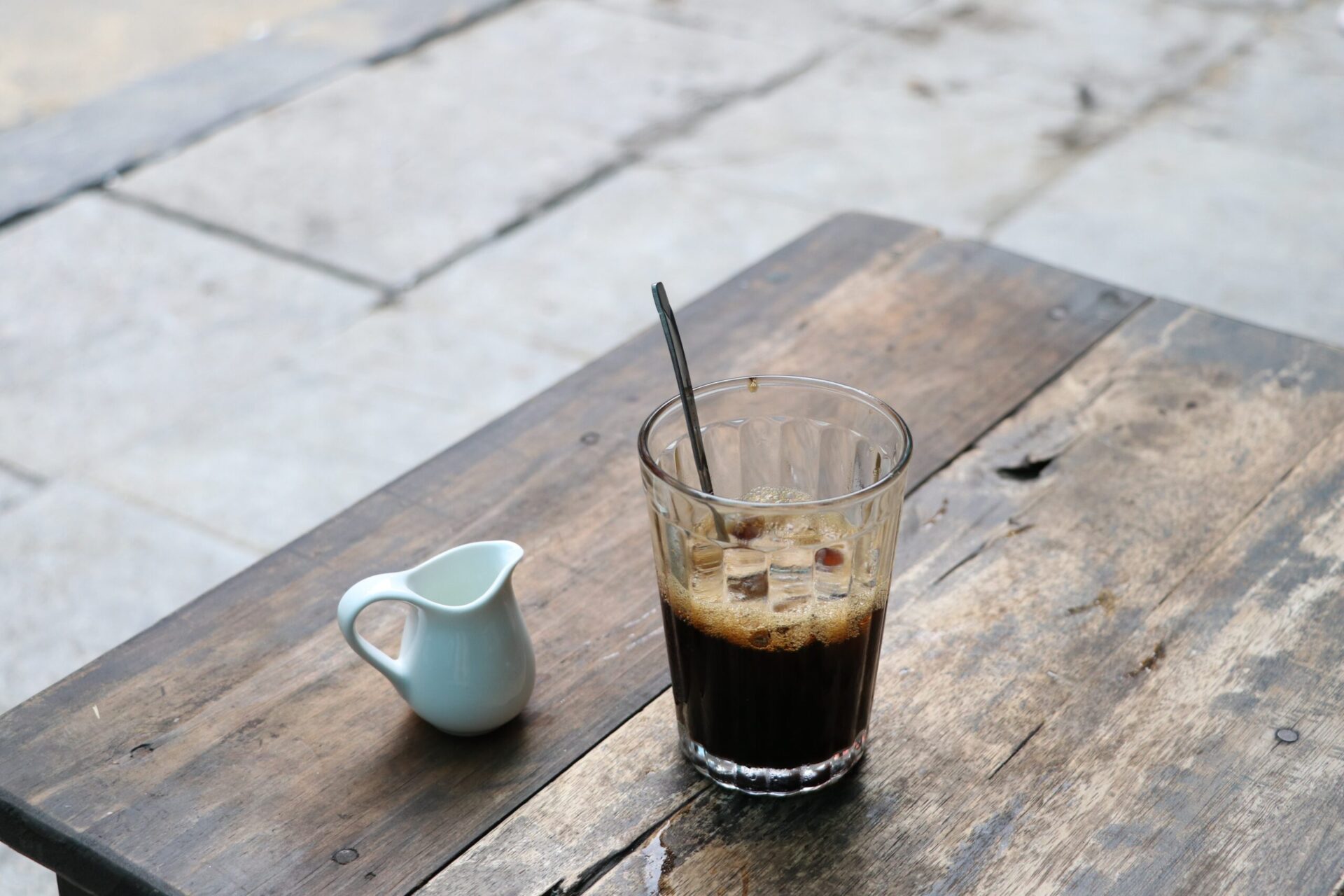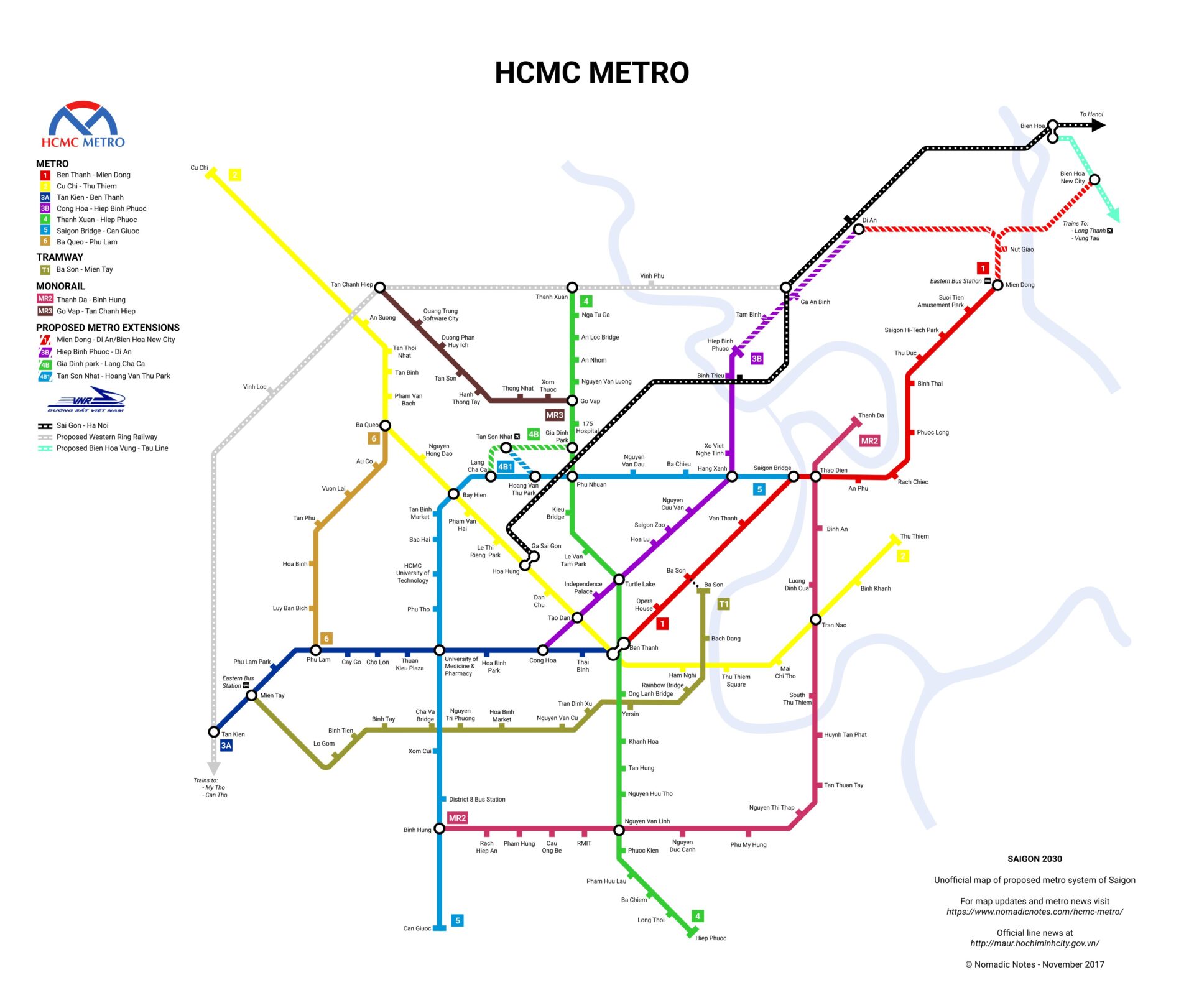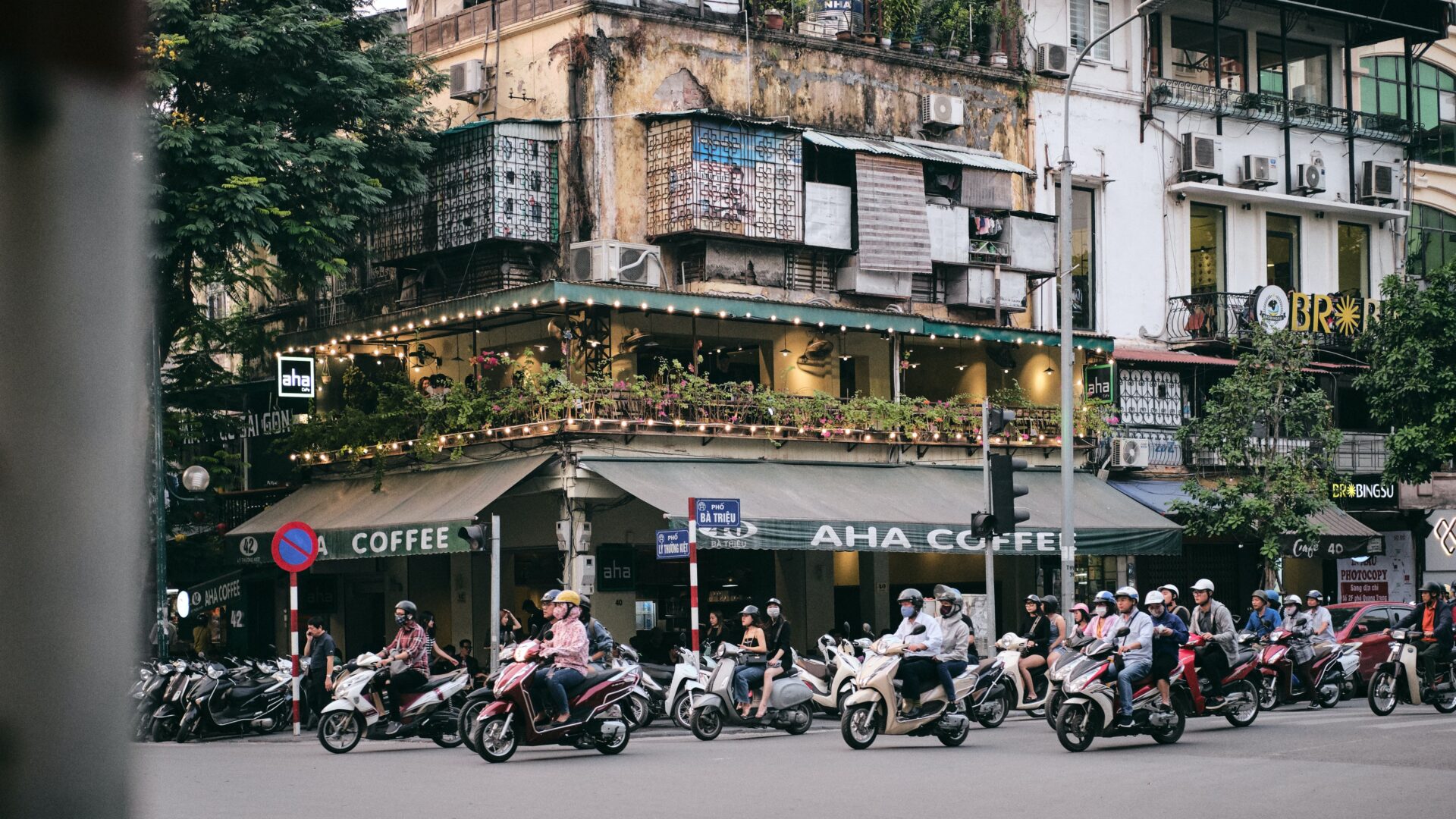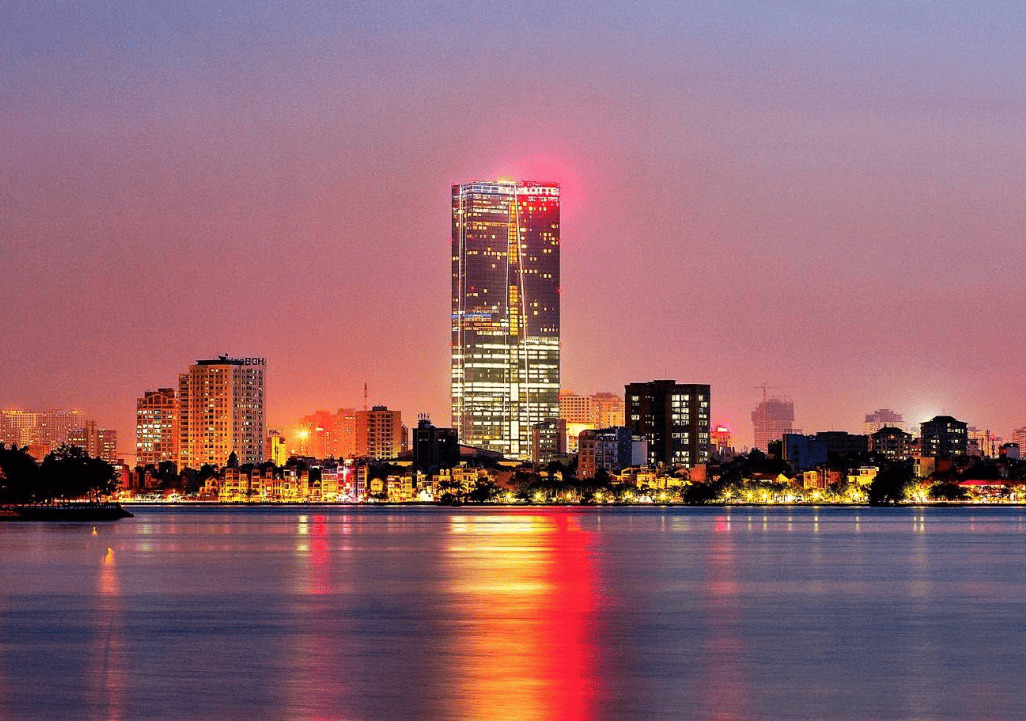Vietnam’s Coffee Culture|History, Traditions, and the Art of Slow Brewing

目次
1. Introduction|The Coffee Capital of Asia
Beyond pho and banh mi, Vietnam is also a coffee powerhouse — the world’s second-largest coffee exporter after Brazil.
From Hanoi’s quiet alleys to Ho Chi Minh City’s bustling streets, the aroma of freshly brewed coffee fills the air.
In Vietnam, coffee isn’t just a beverage — it’s a lifestyle, a ritual, and a social bond that connects people every day.
2. The History of Coffee in Vietnam
Coffee was introduced to Vietnam by the French in the late 19th century.
The Central Highlands — particularly Dalat and Buon Ma Thuot — proved ideal for cultivation.
Over time, farmers shifted from Arabica to Robusta beans, which thrive in Vietnam’s tropical climate.
This led to the creation of a uniquely Vietnamese brewing style that combines strong coffee, sweet condensed milk, and patience.
3. What Makes Vietnamese Coffee Unique
- Strong and bold flavor – Deeply roasted with an intense aroma.
- Robusta-based – Higher in caffeine and bitterness than Arabica.
- Sweetened with condensed milk – Adds richness and balance.
- Brewed with a “phin” filter – A small metal drip filter that creates a slow, meditative brewing experience.
This slow-drip method embodies the essence of Vietnamese coffee culture: to pause, relax, and savor the moment.
4. Popular Types of Vietnamese Coffee
| Name | Description |
|---|---|
| Cà phê sữa đá | Iced coffee with condensed milk — the national favorite. |
| Cà phê đen đá | Strong black iced coffee without milk. |
| Cà phê trứng | Egg coffee topped with whipped egg yolk and sugar — a Hanoi specialty. |
| Bạc xỉu | A milkier, sweeter version of iced coffee, common in southern Vietnam. |
| Coconut Coffee | A tropical twist with coconut milk — refreshing and modern. |
5. Coffee as a Way of Life
In Vietnam, cafés are everywhere — from street-side stalls to high-end lounges.
They serve as social hubs where friends gather, students study, and professionals meet.
Modern coffee shops now blend traditional flavors with contemporary aesthetics, offering Wi-Fi, air conditioning, and Instagram-worthy designs.
It’s a vibrant mix of tradition and modernity, reflecting Vietnam’s youthful energy.
6. Must-Visit Coffee Spots in Vietnam
☕ Giang Café (Hanoi)
The birthplace of egg coffee. A must-visit for its vintage charm and creamy texture.
🌿 Cong Cà Phê (Nationwide)
Iconic military-themed chain blending nostalgia and creativity.
🪴 The Workshop (Ho Chi Minh City)
Industrial-chic café known for its specialty brews and minimal design.
🌸 Katinat Saigon Kafe (Ho Chi Minh City)
Trendy local chain offering great coffee in stylish, comfortable spaces.
7. Vietnam’s Coffee Exports and Global Reach
Vietnam’s coffee beans — especially Robusta — fuel many international brands and instant blends.
Today, Vietnam is not just a mass producer but also a rising player in premium coffee markets, with a growing number of sustainable and fair-trade farms.
The country’s blend of tradition, innovation, and quality is reshaping how the world perceives Vietnamese coffee.
8. Conclusion|A Cup of Culture
Vietnamese coffee is more than just a drink — it’s a reflection of the country’s history, resilience, and warmth.
Each sip tells a story: bitterness, sweetness, and harmony, just like the Vietnamese spirit itself.
So when you visit Vietnam, don’t rush. Sit down, order a cà phê sữa đá, and watch the world go by.
Because in Vietnam, coffee isn’t about caffeine — it’s about connection.
Slow down, sip, and feel Vietnam’s soul.
(Photo by Unsplash.com)



